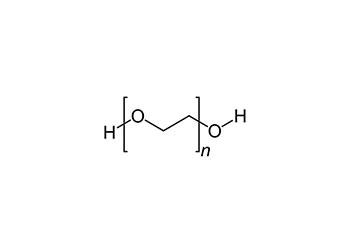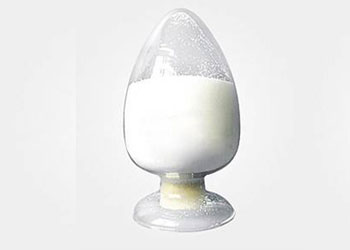Polyethylene Oxide | CAS 25322-68-3/68441-17-8
 |
 |
Product Information
Polyethylene Oxide (PEO) is a non-ionic, high molecular weight polymer with good water solubility and heat formative. Polyethylene Oxide is characterized with flocculent, thickening, sustained release, lubrication, dispersing, fiber and water retention, it can be applied to industries like medicine, fertilizer, pulps, ceramics, detergent, cosmetics, heat treatment, water treatment, fire fighting and oil exploration etc. It is non-toxic, non-irritant, and it will not generate residue, sediment and vaporous elements. Its application fields are widely expanded with the development of the new products and its excellent characteristics are gaining more attention from the numerous R&D organizations.
- CAS NO.: 25322-68-3/68441-17-8
- EINECS No.: 203-473-3
- Molecular Formula: H-(-OCH2CH2-)n-OH
- Molecular Weight: 50000-6000000
- Synonyms: POLYETHYLENE, OXIDIZED; Polyethylene oxidized; polyethylene oxide; Ethene,homopolymer, oxidized; Ployoxyethylene; POLYETHYLENE OXIDIZED ACID NUMBER 17
- Appearance: White granular powder
- Features: Polyethylene Oxide is characterized by high viscosity, good water solubricity. Excellent dispersing effect can be achieved by only a small amount of PEO. Besides, it will not influence the functions of the other additives, therefore, high quality paper can be produced from ordinary raw material with this dispersing agent. The paper produced is thin and even with the same strength. PEO is a good additive,because it reduces the pulp wet weight)and increases speed and profits.
- Appearance: White Powder
- Property: Straight Chain/Non-Ionic Type
- Molecular Weight: 50 Thousand -6 Million
- Density: Apparent Density 0.15-0.35kg/1; True Density 1.15-1.25kg/1
- Melting Point: 66-70°c
- Thermal Decomposition Temperature: 423-425°c
- Solution PH: 6.5-7.5
- Packing: 1kg in a plastic bag,10kg in a carton.
- Note: Keep out from moisture, heavy pressure, direct sunshine and high temperature while transportation and storage.
What’s the difference between PEO and PEG?
- In many literatures, PEO and PEG are generic, and both represent polyethylene glycol polymers. The repeating unit is -H2CH2O-.
- The full name of PEO is polyethylene oxide, that is polymers obtained by ring opening polymerization of ethylene oxide monomer. Ring opening requires compounds initiated by ring opening, so the side end group of PEO is often not hydroxyl, and can be made up of many other groups, such as methyl. The other end is hydroxyl. The molecular weight of PEO obtained by ring opening polymerization of ethylene oxide is often larger than 20000g/mol.
- The full name of PEG is polyethylene glycol, as the name suggests, which is obtained by condensation polymerization of monomer glycol. In general, the two terminal groups of polyethylene glycol are both hydroxyl, molecular weight of polyethylene glycol(PEG) is generally less than 20000g/mol, which is determined by reaction.
- In view of the above introduction, generally speaking, PEG and PEO are both representative of polyethylene. Among them, PEG represents low molecular weight polyethylene glycol, and PEO represents high molecular weight polyethylene glycol (more than 20000g/mol).
For more chemical products, you may contact us by sending email.
